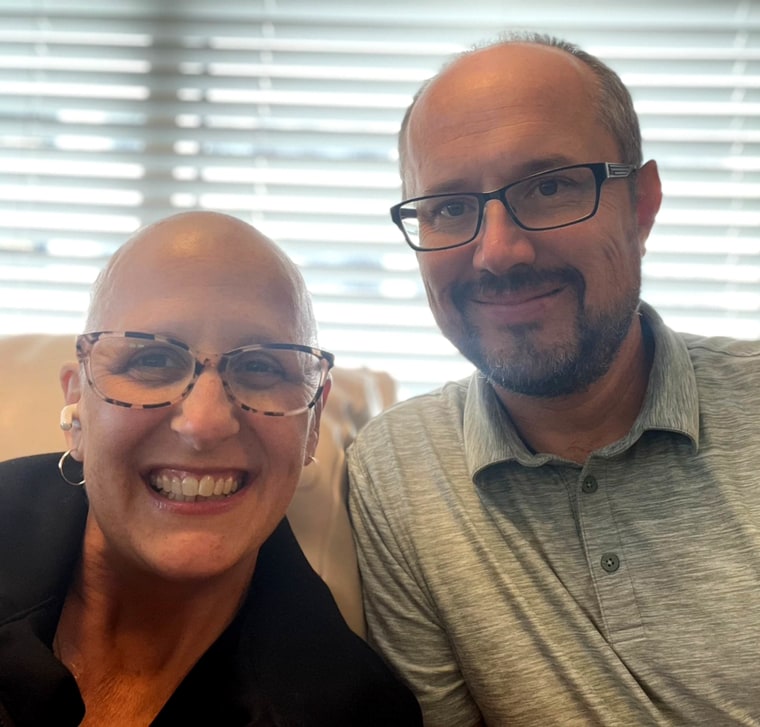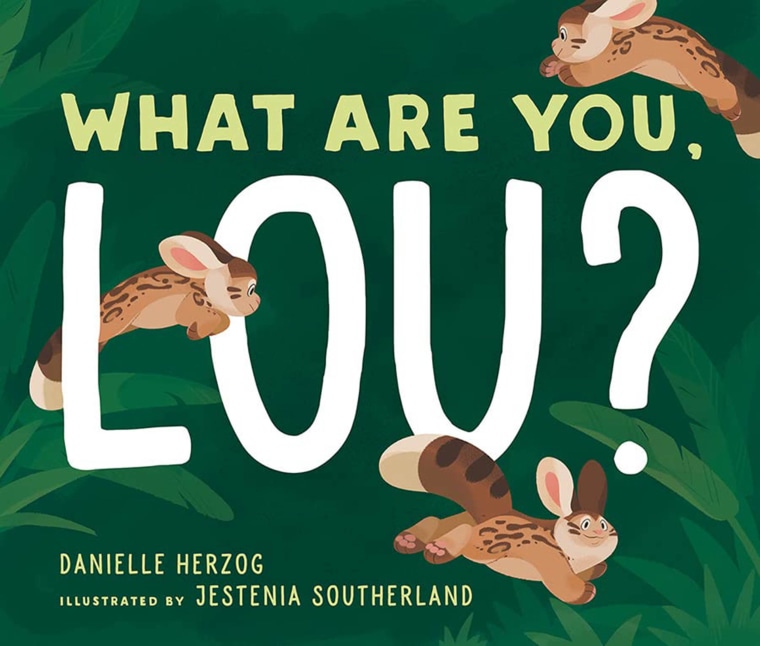To boob or not to boob?
I’m fairly certain that William Shakespeare would be rolling in his grave after hearing his famous soliloquy used for an article about cancer. However, considering the corsets women wore back then, I’d say odds are that he probably was a boob man.
Either way, the question rang true for me. And in the end, I chose not to boob. Actually, I chose not to keep either boob.
But that’s getting ahead of ourselves. Let’s start at the beginning: at the germ-filled Great Wolf Lodge in the middle of Kansas City in March 2020.
A virus was spreading quickly through the country. My phone was buzzing with calls and messages from staff members at the elementary school where I worked about school closures and iPads. And in the midst of those calls, one came through where the caller ID said, “Healthcare.”
“Danielle, your mammogram showed something, and we’d like to have you come in for a biopsy.”
It’s a call that, unfortunately, many women get. Yet, I’ll never forget where I was when I got mine. That burning feeling of bile as it made its way up my throat. Or the look I gave my husband as we drove down the highway to our spring break vacation.
“It’s routine,” the nurse said. “Usually these things are benign.”
So, my husband and I pushed it aside. We tried to focus on going down waterslides and cheering on our two children as they rang the bell at the top of the climbing wall. We focused on the craziness of the world and the news that schools would be shut down for two weeks.

And as we traveled back from the weekend of bad fried food and rooms that smelled like chlorine, I went into COVID survival mode. I had to plan supports for my students. I had to design lessons for my children. I had to get masks and wipes and hand sanitizer. I had to figure out what school looked like during an unexpected pandemic.
And I also had to get the biopsy, which I insisted on going to alone.
“It’s going to be benign,” I told my husband. “No point in us both missing work.”
But it wasn’t benign.
It was an appointment that eventually led to me having a lumpectomy and 19 rounds of radiation.
Because it was during the pandemic, my husband couldn’t come to my surgery or appointments. Instead, I pinned a note on my shirt that said, “If lost, please return to my husband, Matt, or George Clooney.”
Amazing friends decorated my yard with paper hearts and boobs with hilarious and encouraging messages.
At the end of that journey, I screamed from the rafters that I was cancer-free. I became the poster child for getting mammograms and routine check-ups. I wore pink in October and lived the survivor life mostly with ease.
But it wasn’t the end. I wasn’t cancer-free forever.
Four years later, I found a lump.
And this journey would look very different.
It wouldn’t be filled with silly notes or hopes that George Clooney would relive his ER days and be my doctor in disguise.
I didn’t feel much like laughing or being a poster child for cancer. This time, my breast cancer was aggressive and would require me to not only have a bilateral mastectomy, but also a hysterectomy, oophorectomy and then eventually 12 weeks of chemotherapy.
In just one doctor’s visit, I found out that I would be losing my breasts, ovaries, fallopian tubes, uterus and lastly, my hair.
It was devastating. I gasped for air as I cried in my husband’s arms numerous times over the span of those first few days. Over and over again.
And in the midst of all of this, I had a decision to make: to boob or not to boob.
Do you know how when you go through a breakup all you hear on the radio are love songs? When you find out that you’re having a bilateral mastectomy, all you see are boobs.
Everywhere.
Boobs in the grocery store. Boobs at school pickup. Big boobs. Small boobs. All the boob sizes in between.
When you find out that you’re having a bilateral mastectomy, all you see are boobs. Everywhere. Boobs in the grocery store. Boobs at school pickup. Big boobs. Small boobs. All the boob sizes in between.
But something nagged at me whenever I saw boobs. I kept feeling uneasy when I thought about getting implants. I have friends who have them and love them, so I completely understand and respect the choice to have reconstruction. But I cringed at the thought of more surgeries. More doctor appointments. More side effects or things that could go wrong. I worried that cancer would return in the small remaining skin cells that were needed for implants.
But going flat was also a terrifying prospect. Would I look like a 12-year-old boy who hadn’t hit puberty yet? Would my stomach look like Pooh bear after he ate a pot of honey? Would my husband still get that smirk and glimmer in his eye when I walked by him feeling pretty? Worse yet: Would I ever feel pretty?

Even with all those nagging fears, I didn’t want the risk of yet another surgery.
So in the end, I chose to go flat. Not because reconstruction was the wrong path, but because going flat was the right one for me.
I could tell you that since the surgery, it has been easy, but that hasn’t always been the case. I have two very large scars on my chest, as well as five smaller incisions from the hysterectomy. Additionally, clothes are designed for women with the idea that they have some size of breasts, so finding clothes can be challenging.
There are days where I don’t feel like I fit in with the rest of the world and what their ideas of beauty are. I’ve learned that I have to find that in myself. Which is one of the things that inspired me to write my picture book, “What Are You, Lou?” I wanted to create an opportunity for children to see a character be proud of what makes them unique and different, and not only appreciate those qualities, but display them for all to see.

I’m working on doing just that. Each day, I’m standing a little taller. I’m working on wearing clothes that are a little tighter. And I’m choosing to believe my husband a little more often when he tells me that I’m beautiful.